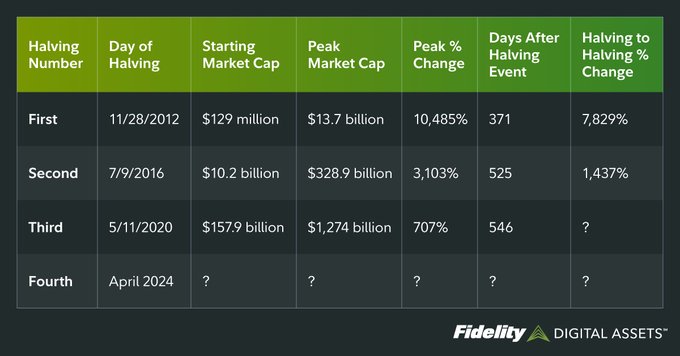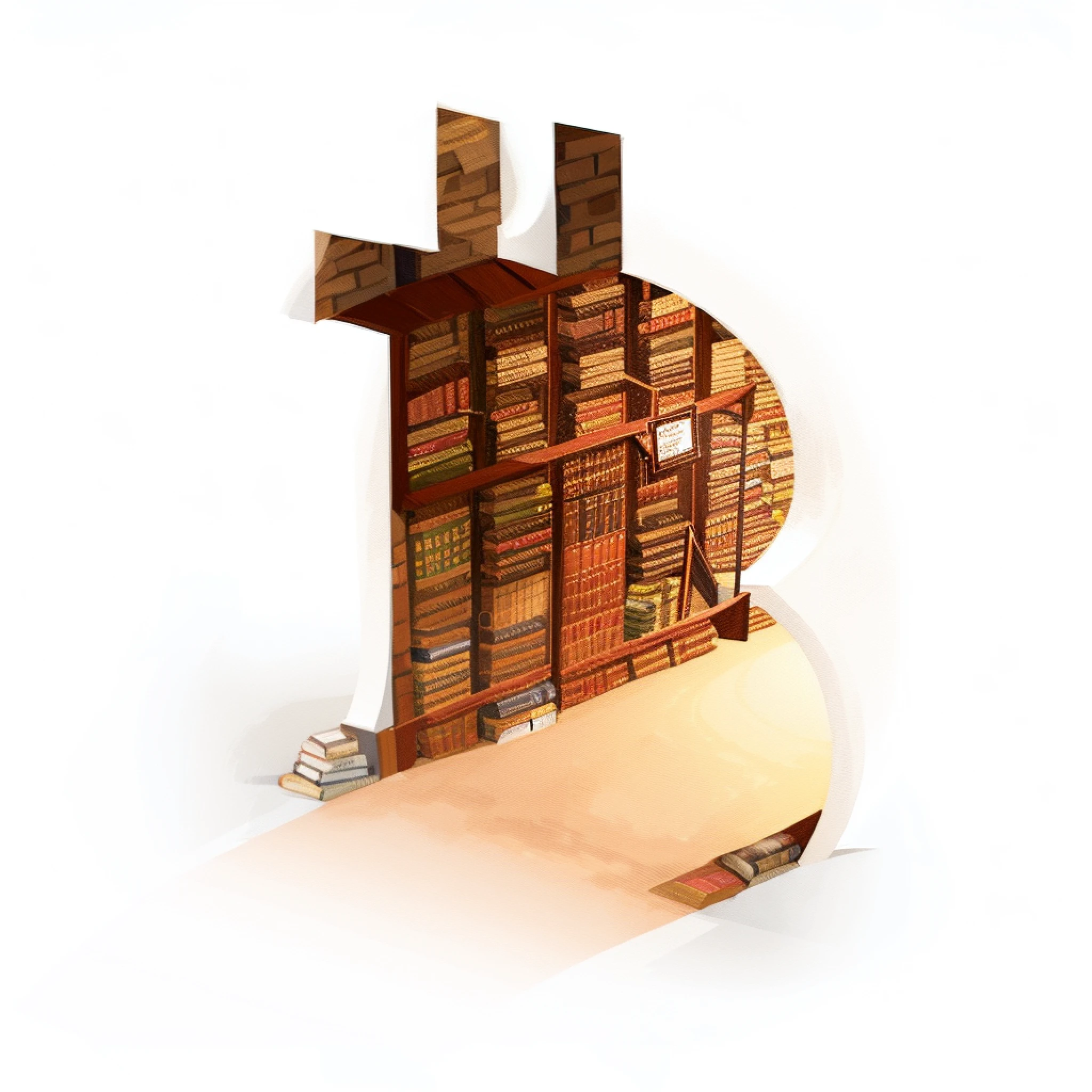

Learn about the fundamentals of the Bitcoin halving and understand why the notion of "rare" Satoshis is a misconception.
Bitcoin halving refers to the process of halving the rewards that miners receive for validating and adding new transactions to the blockchain. This halving event occurs approximately every four years, or every 210,000 blocks, to be precise. The concept was built into the Bitcoin protocol by its anonymous creator, Satoshi Nakamoto, to introduce a form of digital scarcity similar to the finite nature of precious metals like gold.
The upcoming halving event, scheduled to take place at block 840,000, will be the fourth occurrence since Bitcoin's inception. The last halving took place on May 11, 2020. With the halving, the block reward for miners is reduced by half, which in turn affects the rate at which new bitcoins are created.
The halving is an essential mechanism for controlling bitcoin's inflation. By reducing the rewards for mining, the halving effectively limits the supply of new bitcoins entering the market. The historical data shows that halving events have often led to an increase in the price of bitcoin, as the reduced supply and continuing demand can drive up its value, although this is not guaranteed and market conditions can vary.

A Satoshi is the smallest unit of bitcoin, named after its creator, and one bitcoin is composed of 100 million satoshis. Some entities have claimed that certain satoshis can be considered "rare" or more valuable based on their position in the blockchain or because they were mined immediately after a halving event. These claims suggest that satoshis can be categorized into rarity levels like common, uncommon, rare, epic, legendary, and mythic, with "epic sats" being those mined right after a halving.
However, it's crucial to understand that all satoshis are functionally identical and that the concept of rarity is artificially imposed and not recognized by the Bitcoin protocol itself. The notion of rare satoshis is, in fact, misleading. The Bitcoin network operates on the basis of unspent transaction outputs (UTXOs), which are the actual units transferred in a bitcoin transaction. UTXOs are indivisible and non-unique, meaning that the idea of owning a specific, rare satoshi is not supported by the network's design.
Individuals or entities claiming to sell "rare" satoshis or asking for sensitive information, such as a bitcoin recovery seed, are likely engaging in fraudulent activities. Sharing such critical information can lead to the loss of one's bitcoin holdings. It is advised to exercise caution and skepticism when encountering offers that seem too good to be true or that deviate from established understanding of how Bitcoin works.
For those interested in bitcoin and its ecosystem, it is vital to conduct thorough research and due diligence. Misinformation and scams are unfortunately prevalent in the broader 'crypto space.' Always verify information using reputable sources and be wary of sharing personal or financial information online.


The bitcoin halving is an anticipated event that impacts the rate at which new bitcoins are generated and can influence the Bitcoin's economics. However, the concept of "rare" satoshis is a myth that should be approached with caution. As always, it's essential to remain informed and cautious when navigating the complex and evolving landscape of cryptocurrency.